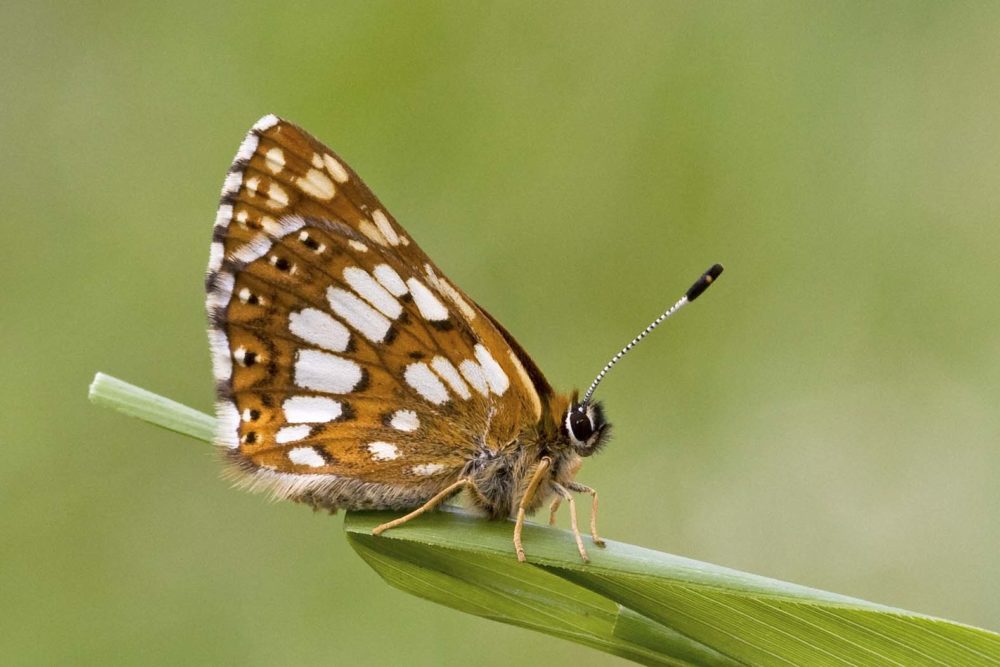While writing my last blog, snow was gathering at the corners of the office window. Now the sun beats down to the extent that we’ve actually had to start closing the blind. I suppose that’s the English climate for you and, as with the weather, the job role seems to vary by the season. We’re now out of the best planting period but the work keeps coming.
The forests seem to have exploded into life recently with even our new planting projects already stretching upwards away from the comfort of their tubes. Spring is a favourite time of year for many. I prefer autumn and winter but that’s another blog altogether. Something to do with being a chronic hay fever sufferer I think! Forestry is a great job for someone that’s literally allergic to trees, isn’t it?
To stay away from the pollen for a few days I attended the ICF’s National conference: Innovate for Change in Edinburgh. I really enjoyed catching up with distant colleagues and heard some thought provoking talks by great innovators about the future of forestry and how we can organise ourselves to best embrace it. General thoughts were that there could be some changeable times ahead, but forestry and foresters could well have just the right skill set to see us through.
In-between enjoying the delights of spring we’ve been hard at work on various projects. We do the bulk of our harvesting over the winter months but do continue year-round where the sites are suitable. We do this by carrying out strict environmental risk assessments to check for things such as nesting birds and other wildlife that now fill the woodlands at this time of year.
This year we were about to begin a thinning regime in one of my favourite woodlands when our checks revealed a Goshawk preparing to nest in the vicinity. Through liaison with the wildlife trust we moved our planned thinning areas a full 400m away in all directions and I’m pleased to confirm a nest inspection by the trust has now found 3 happy chicks. We’ll leave the nest where it is year-round and hope that the birds return to it each year. This has the added benefit of helping us keep tabs on where they are in the woods.
I’ve also had the opportunity to fill in for my manager (he’s swanning around in the Isle of Wight at the moment) and visit a very different woodland. The hazel coppice in question is a fine example of traditional coppice woodland and the benefits it can bring. While there, I met with Butterfly Conservation to discuss the butterfly species present and how the woodland can be actively managed to encourage them. We were a little early to see the Duke of Burgundy we were hoping for but apparently their emergence has been delayed by the late snowfall this year.
Well, that’s a very brief history of my movements since my last blog. I hope I’ve kept you interested until next time!
Alex MacKinnon
Forest Manager
Southern England
(Image copyright Keith Warmington. The Duke of Burgundy Butterfly)



